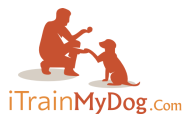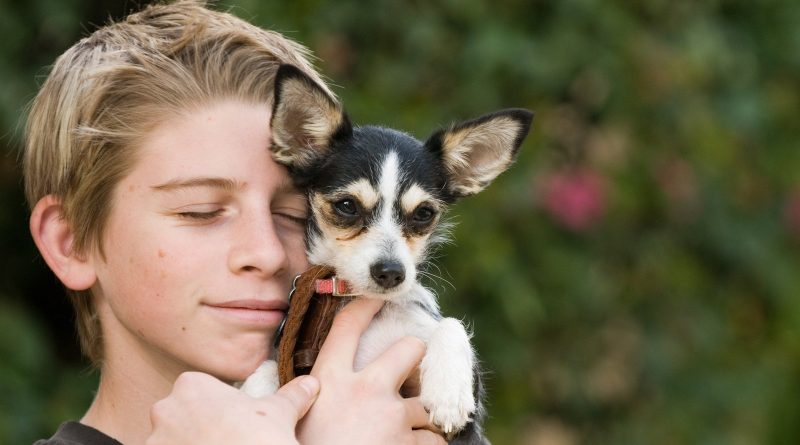What you must know about puppy Obedience Training
What Is Puppy Obedience Training?
Obedience training helps your pet learn his role in your family and in the world. It will teach him the skills he needs to interact with other dogs and with the people inside and outside your home.
Puppy training is the first step to teaching healthy behaviors and avoiding negative ones. Dogs start often their training by learning simple commands, such as “sit” and “stay,” though later on they may be trained in more specific ways, such as how to stay in a crate without whining or how to sit patiently without begging while the family eats dinner.
The best part of training your puppy at home is that you can personalize your efforts to your dog and your lifestyle. There’s no right or wrong skills you should start with. The most important part is teaching the skills your dog needs to be a good listener and follow your directions.
Behaviors to Watch Out For
It’s important to know what type of issues you’re looking to avoid so that you can teach your dog good habits right from the start. Some pet parents hope to ward off excessive barking, while others are worried about their dog chewing on non-food items (like dangerous house plants or their shoes). Digging, begging, biting, stealing food and urinating in the home are other issues pet parents look to avoid.
Reading Your Puppy’s Body Language
Dinner time is often one of the hardest times to teach obedience to your puppy. He sees you as the pack leader eating a delicious meal and looks up at you with those big puppy eyes and you can’t help but give in.
This is where you have to be strong and avoid feeding him table scraps. This will help keep off unwanted weight and teach him that begging doesn’t get him anywhere.
Make sure the whole family follows this rule. Bad training behavior by one family member can derail everything you’re trying to teach your pup.
Signs of Aggression or Submission
If your puppy is feeling brave or aggressive, he’ll try to make himself larger by standing tall, with his ears and tail sticking upright. He’ll also push out his chest and raise the hair on his neck and back. He might also growl and wave his tail slowly.
On the other hand, a submissive dog will try to make himself appear small and act like a puppy. This is because an adult dog will “tell off” a puppy but not attack him. Submission will take the form of a sideways crouch near to the ground, his tail held low but wagging away. He may also try to lick the face of the dominant dog or human. He may even roll on his back.
In either case, it will require you to help train him out of these behaviors. Either by reducing aggression or helping him feel more confident and not shrinking back.
Barking or Whining
While barking and whining can get a little annoying or even embarrassing, you need to remember that it is a natural part of your dog’s behavior and communication. So, it’s important to work with your pup to know when it is okay to bark and when it is not. After all, you want your dog to alert you if he hears an intruder, but not every time he sees a squirrel.
Whining on the other hand is something you should never reward. When your dog whines and you go to comfort him, you are just reinforcing the behavior and he will continue to whine so you will come and comfort him. In this case, you will need to ignore your puppy whines — yes, it will be very difficult, but you will appreciate it when the whining stops and you can finally get a full night’s sleep.
Finally, socialization with children and other animals is a key reason people begin puppy obedience training. In order to invite people into your home and bring your dog out in public, you want to feel confident that he can communicate in a safe, social manner with his furry peers and people of all ages.
Children often make pets very skittish, so showing them how to behave around children — even if none live in your home — is an integral part of training. Your dog may still come across children on a walk, and you want to know that their often erratic or in-your-face behavior won’t upset or scare your pet.
While you may be more concerned about one or two issues, it’s important to work on all behavior and socialization training when introducing obedience training at home.
Having an idea about what you want to focus on in the beginning will help you get off to the right start. Just remember to touch on all behavior concerns throughout the time you spend training.
Check the following article for more details : how to deal with your dog barking problems.
Homeschooling Obedience School
Puppies are ready and willing to learn, so it’s important to start teaching immediately once you bring your new dog home. Any time spent allowing negative behaviors could become a setback, so get your puppy started off on the right paw. Here are some puppy obedience training tips to implement in at-home lessons.
Keep Training Short
Puppies don’t have very long attention spans, so keep all the puppy training sessions short. Practice one command for five minutes at a time, and again later when you have opportunities outside of training sessions. Your dog can only do one thing at a time, so focus on one skill and move on once he has mastered it. You should also always end the training on a positive note so your pet is excited for his next lesson.
Be Consistent
When you were a kid in school, what helped you learn your spelling words and multiplication tables? Practice! Consistency is key to training your new puppy.
He not only needs to keep practicing commands over and over with you, but he also needs you to be consistent with your approach. This means always reinforcing his training, even when you’re tired or busy.
For example, if you’re cooking dinner and your dog is giving you the signal that he needs to go outside and relieve himself, turn off the oven and guide him outside immediately. Use the same command words when teaching him simple campaigns like “sit” or “stay” or “no.” This helps to reinforce that each word is associated with a specific command you wish him to take.
Practice Training Everywhere
You want your puppy to be able to respond to you in various situations and places, so be careful not to limit training to one room of your house or corner of the yard.
Practice commands in your home, backyard, front yard, surrounding neighborhood, woods, park or in any other location you visit with your pet. There are different distracting smells and noises in new areas, and you want to be sure your dog can still perform what he knows in different environments.
Similarly, while it helps to have one adult assert themselves as the pack leader, your dog should also be trained by every member of your family. Part of puppy obedience training is simply learning where your pet falls in the order of the pack, so everyone needs to be involved. This also teaches your pet to follow commands by all humans and not just one leader.
Reward Your Puppy
Finally, yoi have to know that dogs are highly motivated by praise and rewards. Create positive associations for your dog when he follows your commands by verbally encouraging him or sharing a bite of kibble or healthy dog treats.
Rewards not only make training more fun for your pet, but also give him something to work for. Just make sure that treats don’t make up more than ten percent of his caloric intake each day to ensure he doesn’t put on any unnecessary weight.
Dogs are motivated by pleasing their owners, but also just like humans, seek opportunities for praise and rewards. Just make sure to wean your dog off of a treat once he starts to master a particular command.
This will give him the confidence to perform commands on his own and teach him that not every good deed results in a snack.




